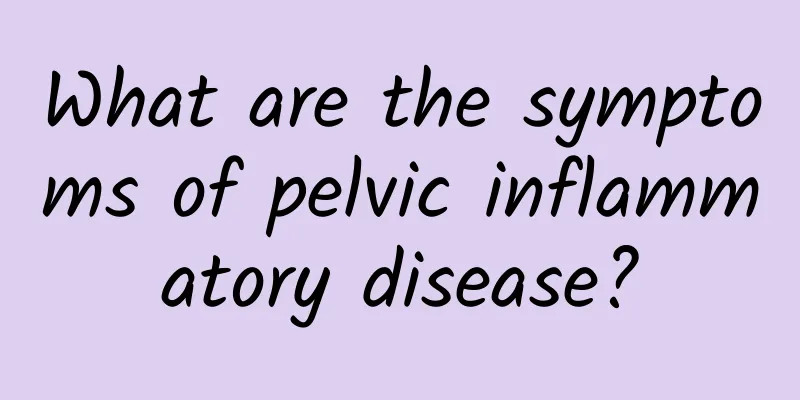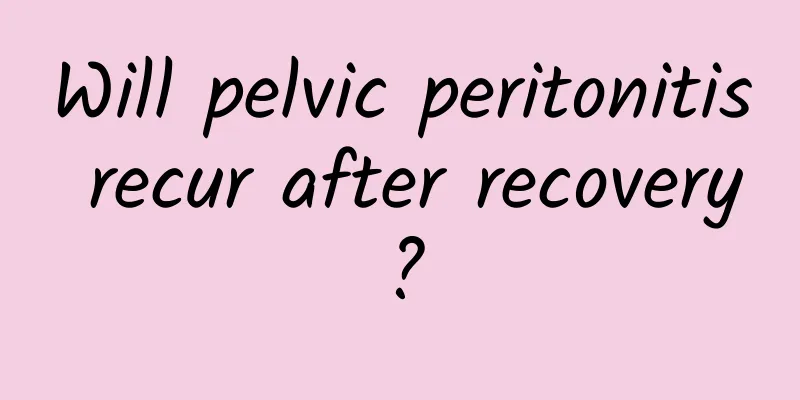Is uterine fibroid surgery dangerous? Is the incidence of uterine fibroids high?

|
Uterine fibroids are common gynecological diseases in women and are usually benign tumors. Some women do not have symptoms of uterine fibroids, so they are easily ignored. Uterine fibroids are not discovered until they grow larger and require surgical treatment. So, is surgery for uterine fibroids dangerous? The incidence of uterine fibroids is relatively high, and it is a common gynecological tumor in women. About 20% of women of childbearing age suffer from uterine fibroids. The possibility of uterine fibroids worsening is small, but benign does not mean safe, it can also cause harm to female friends, such as complications such as concurrent inflammation, secondary anemia, infertility and miscarriage. Therefore, effective treatment plans should be taken as soon as possible. Gynecological experts point out that whether the risk of uterine fibroid surgery should be combined with multiple factors. 1. Abdominal hysterectomy: Abdominal hysterectomy is often used for patients who do not desire fertility. The uterus size is ≥12 weeks of pregnancy; menstruation is often accompanied by hemorrhagic anemia; the fibroids grow rapidly; bladder or rectal compression symptoms; conservative treatment fails or after myomectomy, the tumor is large or severe. 2. Cervical myomectomy: If the cervical and vaginal myoma is too large and surgery is difficult, surgery should be performed as soon as possible (through the vagina); if the myoma is large and produces compression symptoms, compressing the rectum, ureter or bladder; if the myoma grows rapidly and malignant changes are suspected; young patients should retain their fertility, otherwise a total hysterectomy should be performed. 3. Vaginal hysterectomy: Patients without pelvic adhesions, inflammation, or masses are treated with vaginal hysterectomy. Patients without abdominal scars or individual abdominal obesity; uterine and fibroid volume not exceeding 3 months; uterine prolapse can also be treated with vaginal hysterectomy for pelvic floor reconstruction; no history of previous pelvic surgery, no need for exploration or removal of adnexa; medical complications such as diabetes, hypertension, coronary heart disease, and obesity. |
<<: Common surgical methods for uterine fibroids What are the hazards of uterine fibroids surgery?
Recommend
What causes uterine cysts?
Uterine cysts are usually caused by abnormal horm...
Characteristics of hysteroscopic embryo retrieval for artificial abortion
Painless abortion has been increasingly used in r...
What is the cause of brown blood during ovulation? Know it early and benefit early
Brown blood during ovulation is mostly caused by ...
How to treat threatened abortion?
How to treat threatened abortion? Because the pre...
What should I do if I have irregular menstruation due to uterine fibroids?
What should I do if I have irregular menstruation...
What are the early symptoms of ectopic pregnancy?
I believe that many women are familiar with the t...
Experts explain what cervical erosion is like
What is cervical erosion? This is a question that...
How do we identify endometrial tuberculosis?
Many people in life will suffer from endometrial ...
Experts explain the causes of secondary dysmenorrhea
Secondary dysmenorrhea is relatively rare among d...
Introduction to several common high-risk factors for ectopic pregnancy
For female friends, ectopic pregnancy is a very s...
What are the causes of irregular menstruation? How to regulate irregular menstruation? Find it here
Irregular menstruation may be caused by iron defi...
How to cure vulvar leukoplakia
How can vulvar leukoplakia be cured? Vulvar leuko...
Women's health starts with paying attention to the ovaries
The ovary is an important physiological organ of ...
Experts explain common methods of screening for cervical erosion
There are many methods for screening cervical ero...
What is the reason for thin people to get uterine fibroids? Can thin people get uterine fibroids?
What is the reason why thin people get uterine fi...









